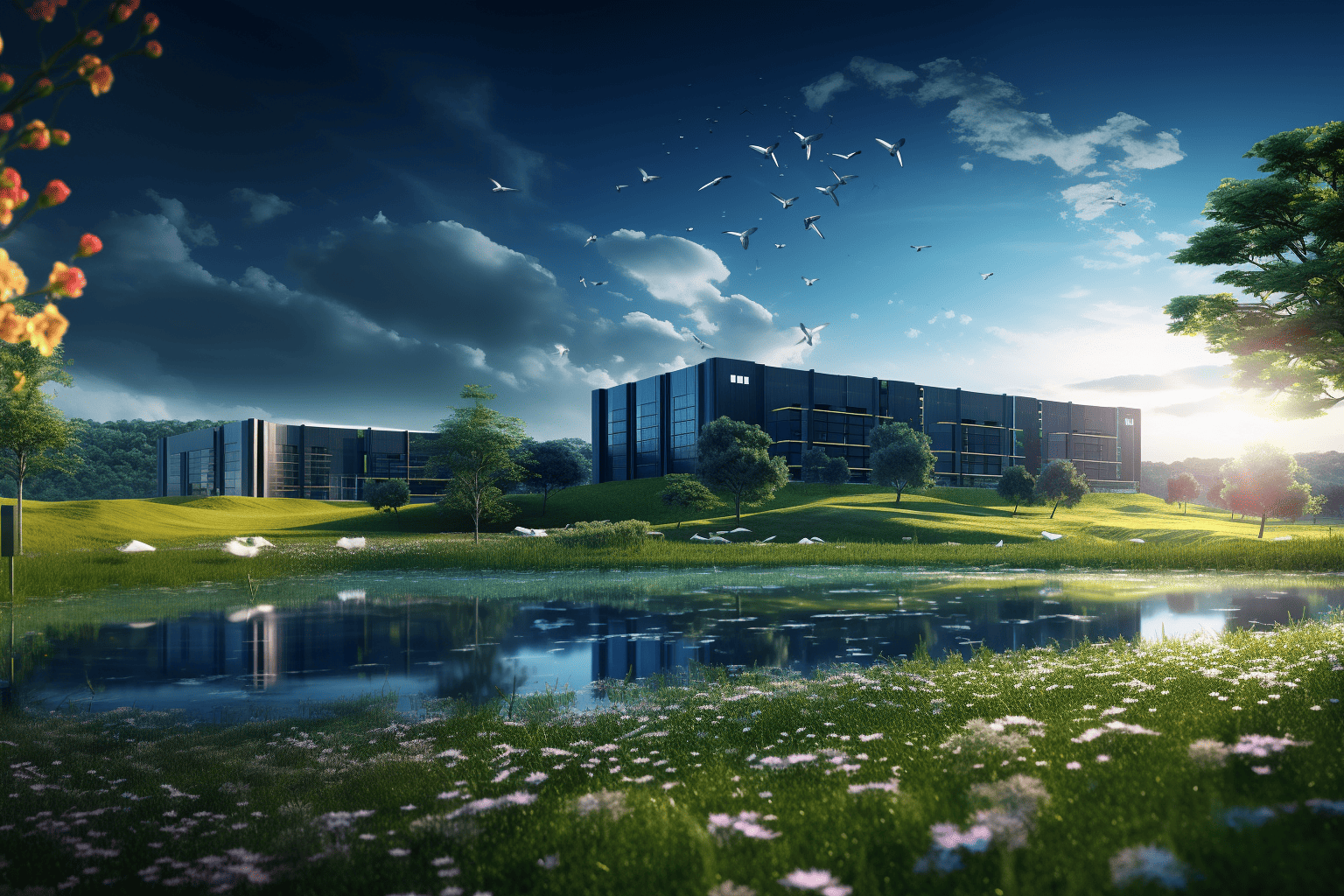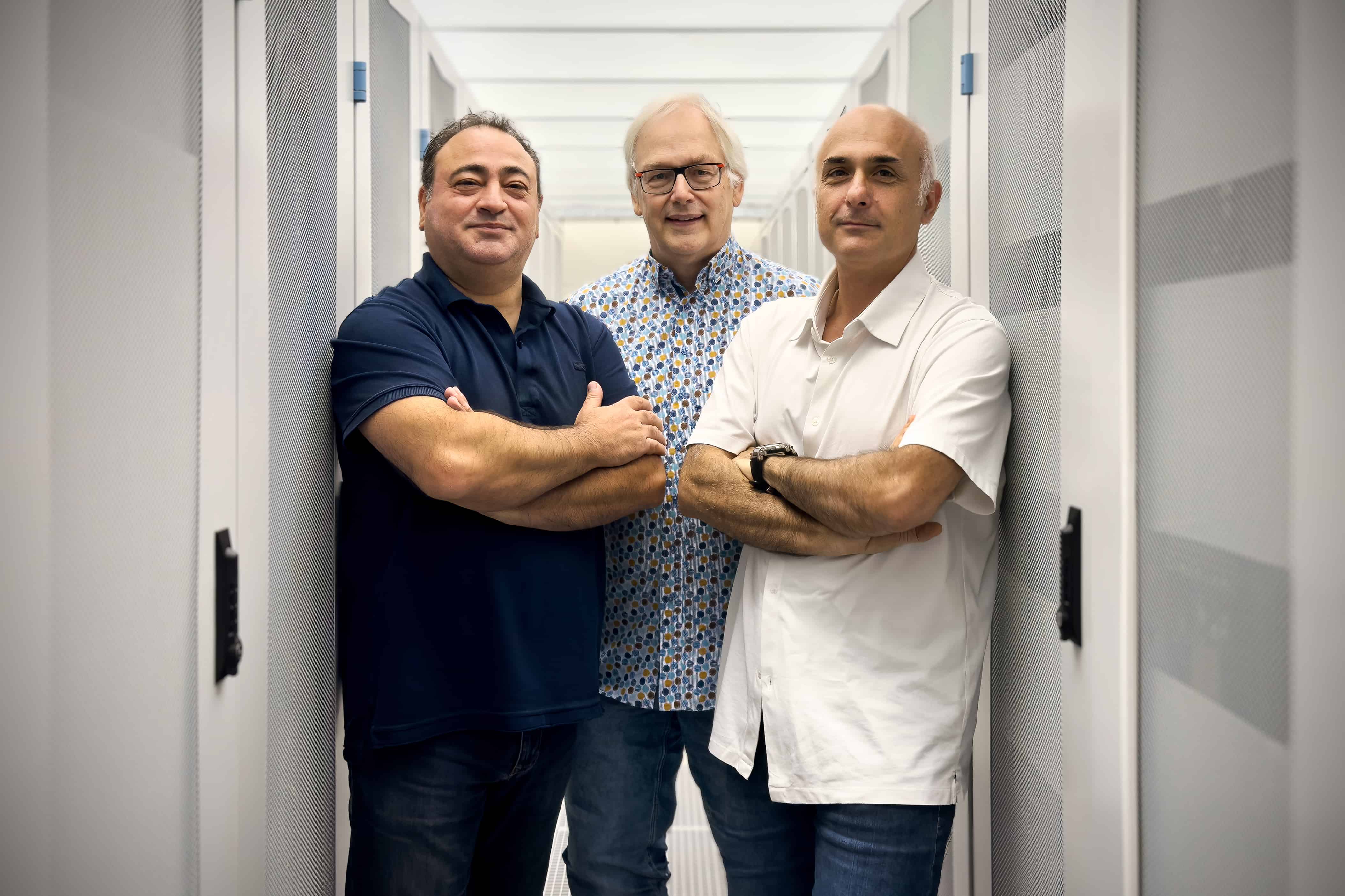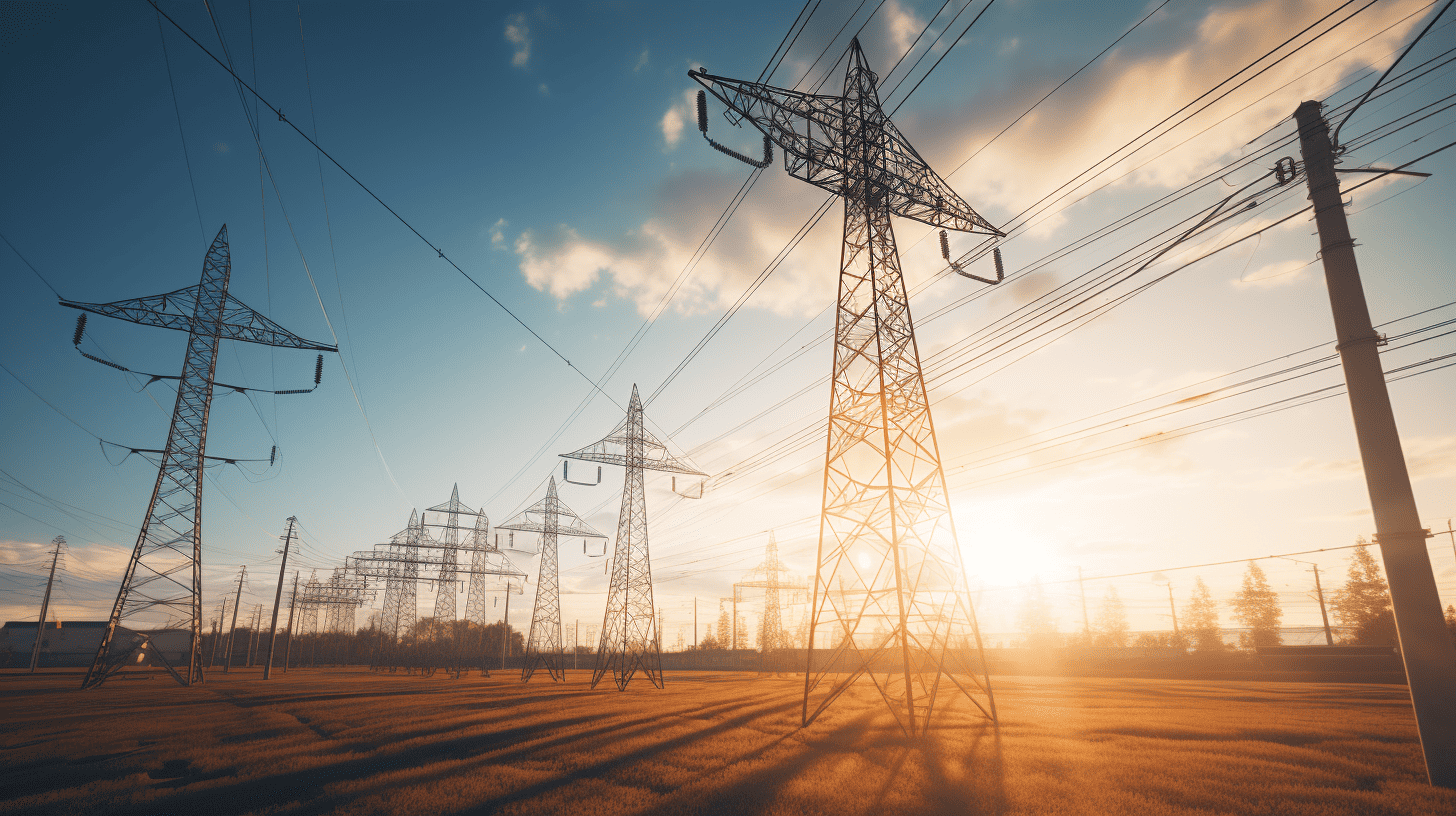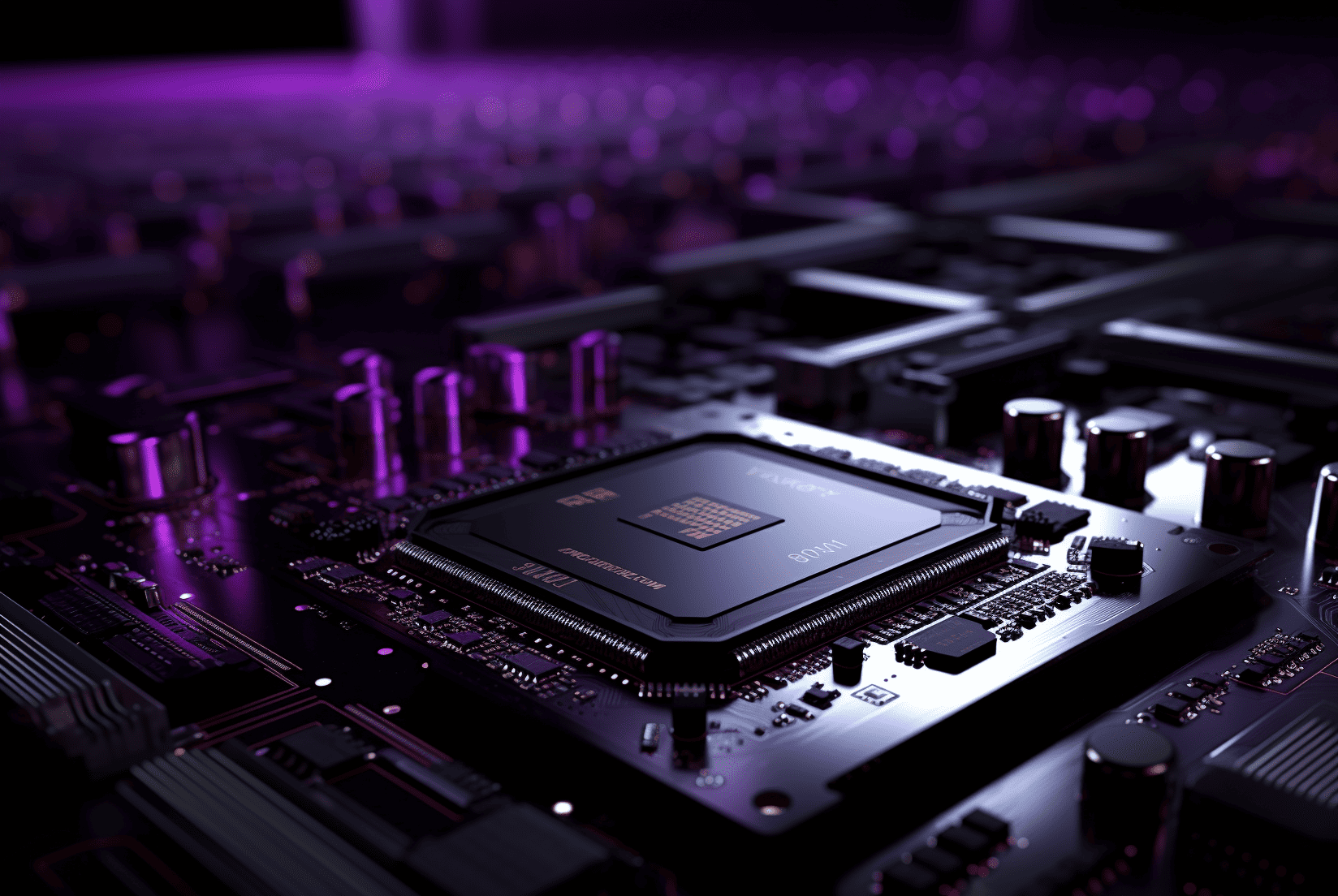
In a groundbreaking stride towards sustainable technology, researchers at NTNU have engineered cutting-edge hardware set to redefine data processing efficiency. This promises a reduction in power consumption that could lead to fewer data centers and significantly minimize CO2 emissions. An impressive potential cut of 400 gigawatt hours of energy, equating to the annual usage of 23,000 households, stands as a testament to the technology’s impact. Moreover, the innovation holds the promise of improved device performance. NTNU’s pioneering work, supported by its high-performance computing facility, has garnered interest from tech giants, with commercial partnerships on the horizon to bring this transformative technology into everyday use. But other innovations are also making computing more energy-efficient.
- NTNU scientists engineered cutting-edge hardware to redefine data processing efficiency;
- Astrape Networks is leveraging photonics to make data centers green;
- AI is also reducing data centers emissions.
In the quest to combat climate change and the enormous carbon footprint of digital infrastructure, the Norwegian University of Science and Technology (NTNU) has introduced two groundbreaking technologies: TIP (Time-Proportional Instruction Profiling) and TEA (based on TIP, stands for Time-Proportional Event Analysis). These acronyms represent a new class of super-smart hardware that could drastically reduce the power consumption of computers and data centers. TIP, acting as an insightful detective within the processor, pinpoints where a program’s execution lags, while TEA provides a more granular analysis of performance issues.
The implications of this innovation are far-reaching. In Norway alone, the deployment of TIP and TEA could lead to a reduction of CO2 emissions by 63,000 tonnes. This is akin to eliminating the need for around 85,000 servers in Norwegian data centers. The technology also promises enhancements in various practical applications such as weather forecasting, medication analysis, and language processing. As processors reach the limits of Moore’s Law, NTNU’s solution offers a path forward by addressing the challenge of program performance variability without relying on simply increasing chip density.
Photonics: A bright future for green data centres
Parallel to NTNU’s efforts, photonics emerges as another transformative technology for sustainable computing. Astrape Networks has secured €1.6 million in funding to create a ‘green data center’ powered by Photonic Integrated Circuits (PICs). These circuits use light, rather than electricity, to transmit data, offering substantial energy savings and reducing heat production. Francesco Pessolano, CEO and co-founder of Astrape Networks, estimates a 20 percent energy reduction compared to conventional data centers. The aim is ambitious yet clear: to implement this technology in one of the world’s top five data centers within the next decade.
The potential of photonics in data centres is underscored by its ability to make data processing faster, cooler, and more energy-efficient. The Dutch start-up founded in December 2022 has quickly gained momentum. By transitioning photonics from a laboratory setting to real-world data centre environments, Astrape Networks is on track to demonstrate a prototype of their optical communication technology by March of the following year. The most significant challenge, according to Pessolano, is the mass production of photonic chips, a hurdle that once overcome, could revolutionise data centre operations.

AI and automation: Towards sustainable data centre operations
Artificial intelligence (AI) and automation are also playing pivotal roles in making data centers greener. Data centers are notorious for consuming around one percent of global electricity demand. To address this, operators are turning to AI, IoT, and machine learning to design smarter and more energy-efficient facilities. Advanced robotics, powered by AI and machine learning, are predicted to increase operating efficiency by 30 percent by 2025. These technologies enable predictive maintenance, improve security, and automate routine activities, reducing workforce requirements and operational costs.
Alongside this, digital twins and AI/ML platforms are being used to reduce the carbon footprint of data centers. They provide real-time control of cooling equipment and minimize energy consumption, potentially saving up to 40 percent of power spent on cooling. AI systems are also adept at monitoring server performance, detecting network congestions, predicting data outages, and enhancing cyber security by learning normal network behavior and spotting deviations.
Regulatory influence and the green transition
While technological advancements are pivotal, the regulatory environment significantly influences the adoption rate of green technologies in data centers. There is a growing emphasis on regulations, tax incentives, and governmental policies promoting sustainable practices. For instance, in the Netherlands, data centers are at the forefront of renewable energy usage, with 86% of their electricity needs met sustainably. Long-term Power Purchase Agreements (PPAs) have been crucial for financing new wind and solar parks, showcasing how policy can direct the path towards sustainability.
The Dutch data center sector’s commitment to green energy is clear from the Dutch Data Center Association’s report that the sector has greened 86 percent of its energy needs. The International Energy Agency (IEA) also notes that data centers and data transmission networks account for about one percent of global electricity consumption, highlighting the importance of continued efforts to improve efficiency and sustainability. The Dutch example shows how supportive policies and industry collaboration can significantly increase energy efficiency and sustainability.
Conclusion
The journey towards sustainable data centers is multifaceted, with technological innovation, regulatory support, and industry commitment all playing crucial roles. The pioneering work by NTNU, Astrape Networks, and AI and automation are leading the charge. As the world grapples with the climate crisis, these advancements offer a hopeful glimpse into a future where data centers can operate as sustainable, efficient powerhouses of the digital age.







